The Jungfrau Region of Switzerland is a hiker’s paradise nestled in the Bernese Oberland. It boasts three iconic peaks—Eiger, Mönch, and Jungfrau—towering over lush valleys, alpine meadows, and crystal-clear lakes. This area is famed for its combination of soul-soothing trails and dramatic mountain scenery. Swiss Jungfrau Region Hikes.
Whether you stroll through flower-filled fields, ascend alpine ridges, or reward yourself with views of glacial landscapes, the Jungfrau Region hikes satisfy both the leisurely walker and the serious trekker. Every trail brings you closer to the grandeur of the Alps—whether from the peaceful village paths of Wengen or the high-elevation routes above Grindelwald.
Best Time to Visit
To make the most of Jungfrau hiking, aim for:
- Late June to Mid-September: Trails are largely snow-free, weather is stable, and mountain transport is running.
- July and August: Long daylight, vibrant alpine wildflowers, and open huts—but expect more fellow hikers.
- September: Cooler air, early autumn colors, and fewer crowds—ideal for peaceful walks.
- Early June & late September: Shoulder season offers charm but check weather as some trails may still have snow.
Winter can offer snowshoe hikes, though most summer trails close. Stick to summer and early autumn for hiking.
How to Reach
By Air
Fly into Zurich or Geneva—both are well-connected global hubs.
By Train
Switzerland’s rail system is efficient. From Zurich or Geneva, take a train to Interlaken Ost, then transfer to local lines toward Grindelwald, Wengen, or Lauterbrunnen. Trains run like clockwork.
By Road
Driving is an option and offers flexibility. Roads are scenic and well-maintained. Parking is available in villages like Interlaken, Grindelwald, or at trailheads, though make sure to check fees.
Entry Fees and Permits
- Hiking the trails is free—no entry fees or permits are required.
- Mountain transport (cable cars, funiculars, and cogwheel trains) requires a ticket. Single rides can cost CHF 20–60, depending on distance and elevation. Prices are subject to change.
- Look into hiking day passes or regional travel cards for reduced rates if you plan to use multiple lifts.
Food Availability and Meal Options
- Alpine huts and restaurants sit above trailheads and mid-mountain locations, offering meals, snacks, and rest spots.
- In villages like Wengen and Grindelwald, you’ll find bakeries, cafes, and grocery stores stocking sandwiches and supplies.
- For remote routes, pack your own lunch and snacks. High-protein, energy-rich food holds up well on mountain days.
- Staying hydrated is essential—fill up at streams or mountain sources, but bring a water bottle and consider purification for uncertain sources. Swiss Jungfrau Region Hikes.
Packing List and Essentials
To enjoy the Alps comfortably, bring:
- Sturdy hiking boots with grip and ankle support
- Breathable layered clothing (base layer, fleece, waterproof jacket)
- Rain protection—waterproof jacket and pants
- Comfortable daypack (25–35 L)
- Sun protection—hat, sunglasses, sunscreen
- Trekking poles, optional but helpful on steep paths
- Water bottle or hydration system
- Trail food and snacks
- Map or offline navigation app
- Phone and backup power bank
- Basic first aid kit
- Headlamp—just in case
- Extra socks for long days or wet conditions
Safety Tips and Local Regulations
- Always check the weather before heading out—Alpine weather changes fast.
- Stick to marked trails—many routes include helpful signposts and yellow trail markers.
- In case of emergency, dial 112—Swiss mountain rescue.
- Keep to paths to protect delicate alpine plants.
- Wild camping is restricted—use designated sites and leave no trace.
- Keep your trail pace moderate—altitude and terrain can be strenuous on the legs.
Tips for Beginners or First-Time Visitors
- Start with gentle, well-signposted hikes, like Wengen to Mannlichen or Grindelwald First cliff walk.
- Rely on public transport, like lift rides, to reach trail start points and reduce effort.
- Plan shorter hikes to acclimate before progressing to longer alpine paths.
- Stay in villages and hike day by day—this allows flexibility and easy access to facilities.
- Download a Swiss hiking map offline on your phone—signals fade in mountain valleys.
- Take the time to rest and enjoy the views—this area is about the journey, not just reaching a summit.
Local Customs and Cultural Etiquette
- A friendly “Grüezi” (hello in Swiss German) goes a long way when passing locals or in shops.
- In mountain huts, follow quiet hours and clean up after yourself—Swiss huts run smoothly due to mutual respect.
- Tipping isn’t customary—Swiss hospitality embeds service costs into prices already.
- Keep noise to a minimum on trails and in shared spaces—quiet enjoyment is part of the mountain experience.
- Respect local farms and private land—stick to established trails and observe no littering.
Frequently Asked Questions (SEO High-Search)
Q1: What are the most popular hikes in the Jungfrau Region?
A: Visting trails like Männlichen to Kleine Scheidegg, First Trail, and Panorama Trail from Allmendhubel are among most sought-after.
Q2: What altitude do hikes reach?
A: Hikes range from 600 m in villages to over 2 300 m on high trails, though most remain below 2 000 m.
Q3: How long do typical day hikes take?
A: Day hikes vary—4 to 20 km routes take 2 to 6 hours on average, depending on terrain and elevation. Swiss Jungfrau Region Hikes.
Q4: Are trails suitable for families with children?
A: Many routes are child-friendly, especially near Grindelwald or Wengen. Choose flatter paths for younger hikers.
Q5: Are there restroom facilities on trails?
A: Facilities are located in village centers, mountain stations, and huts. Remote trails may offer none.
Q6: Do I need a guide?
A: Guides are not necessary for marked routes. Maps and trail signs are usually sufficient.
Q7: When is best for wildflower views?
A: Late June to mid-July brings alpine meadows to life with vibrant wildflowers.
Q8: What about dogs on the trails?
A: Dogs are generally allowed but must be leashed in many areas, especially lift access zones.
Q9: Is hiking possible in winter?
A: Winter hiking is limited to snow-covered paths or requires snowshoes. Summer and autumn are better for standard hiking.
Q10: Are lifts included in multi-day passes?
A: Some multi-day travel or hiking passes include discounted lift rides, though not always—check local tourist information.
Final Thoughts
If fresh air, mountain views, and trails that sweep through alpine meadows speak to you, the Jungfrau Region hikes deliver. This corner of Switzerland combines accessibility with grandeur—gentle walkways and high ridgelines alike reward you in their own way. Swiss Jungfrau Region Hikes.
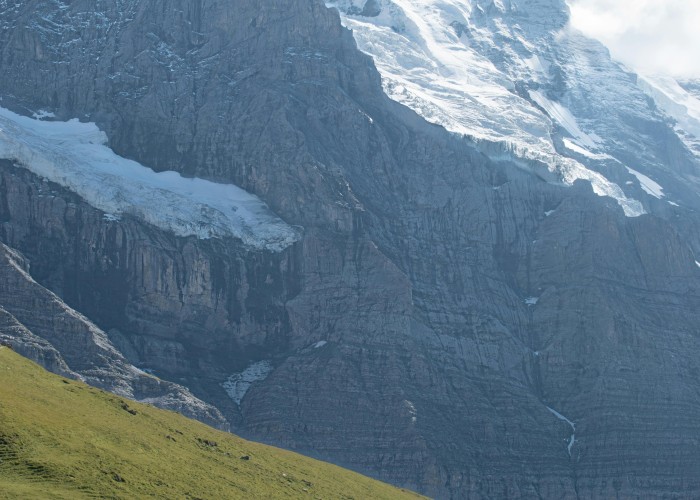
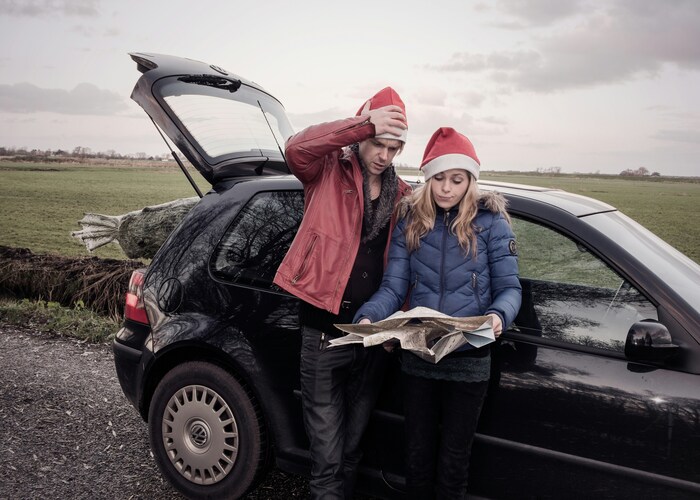
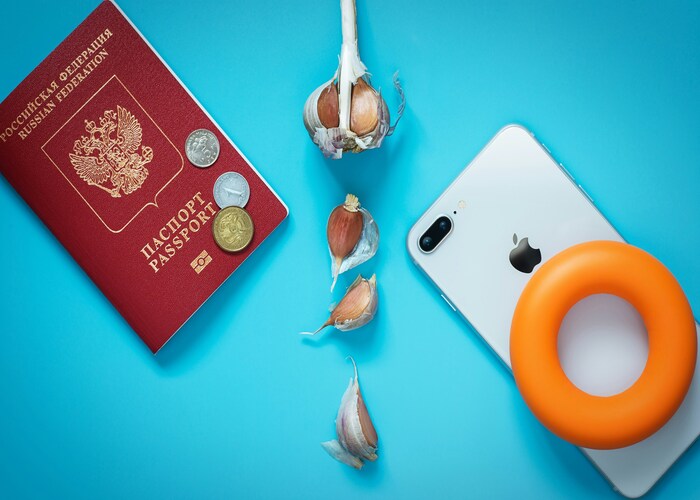
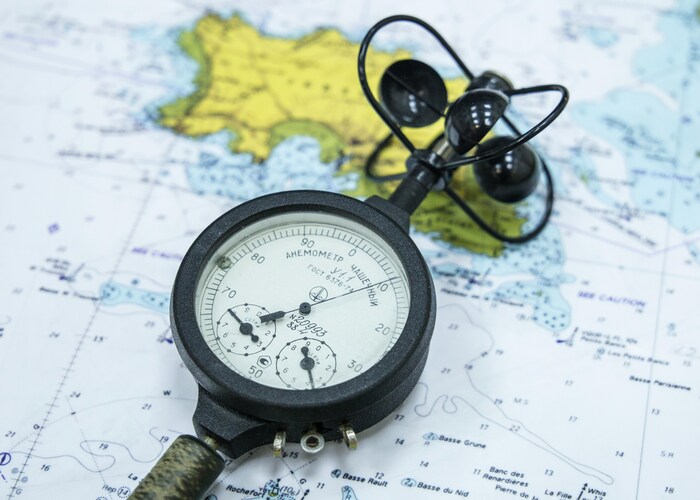
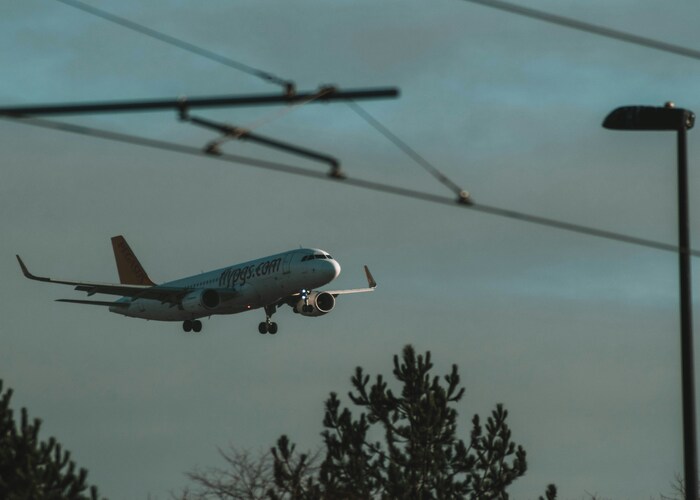
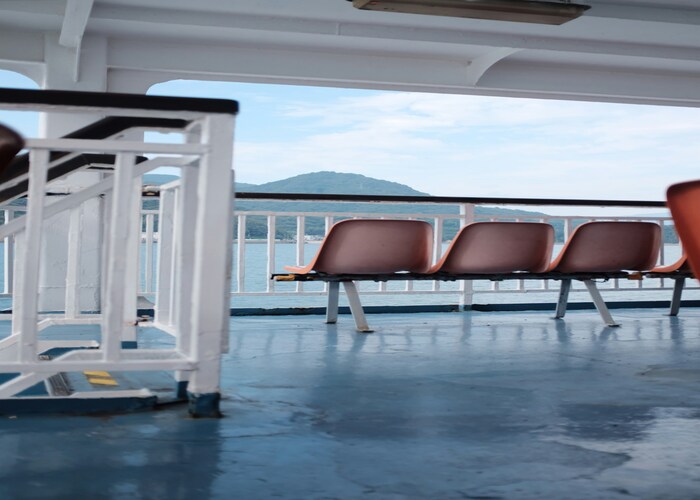
Leave a Reply